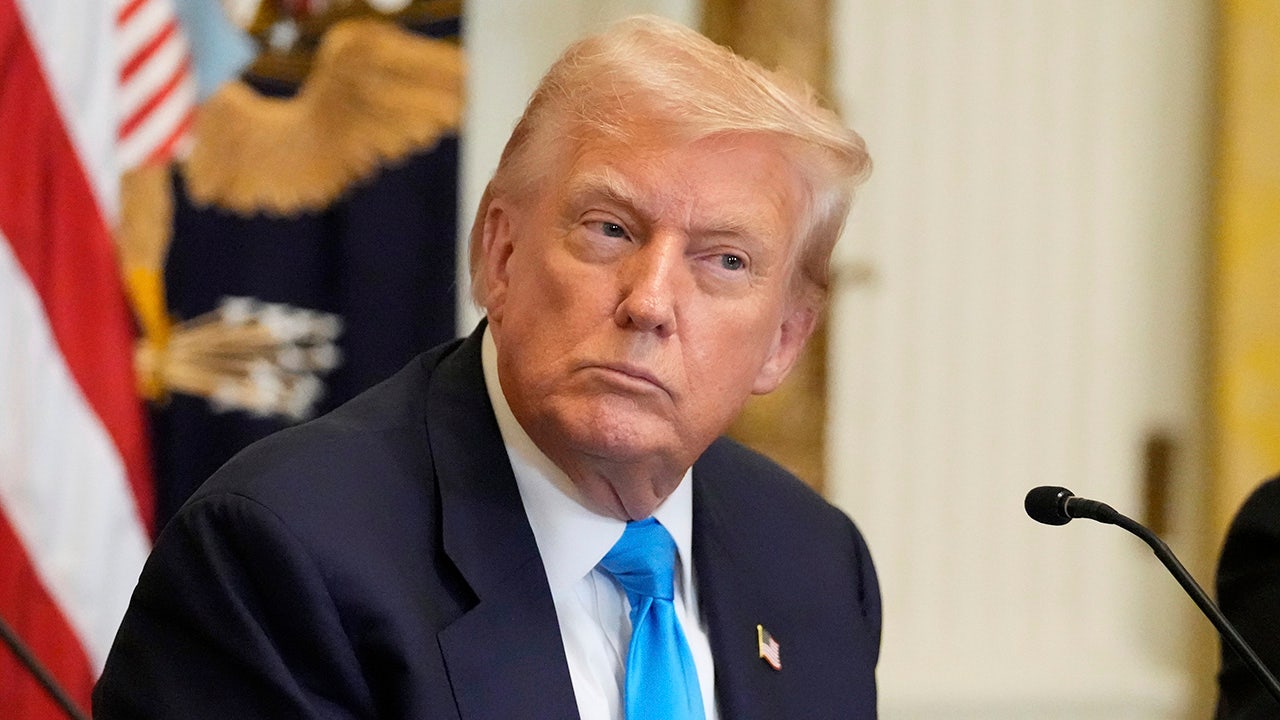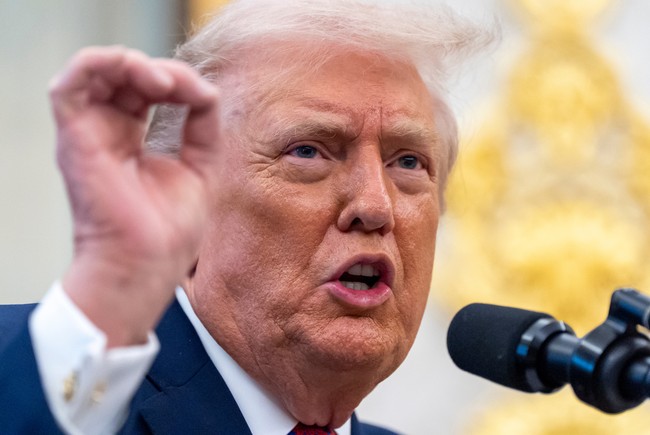President Donald Trump on Friday announced a sweeping new tariff policy targeting dozens of countries, unveiling a set of “universal” import tariffs aimed at driving renewed trade negotiations and securing stronger economic agreements in favor of the United States.
Speaking at a White House press conference, Trump also defended the timing of his approach, pointing to both internal political obstacles and international emergencies that shaped trade decisions during his first term.
The new policy imposes a baseline 10% tariff on most imports into the United States, with an additional 5% surcharge on goods from countries that maintain trade deficits with the U.S. Trump stated that the move is intended to bring nations “back to the table” and accelerate trade realignment.
Trump’s Sovereign Wealth Fund: What Could It Mean For Your Money?
“These tariffs will create the leverage needed to get fair deals,” Trump said.
“We’re no longer going to allow countries to take advantage of the United States economy.”
During the press briefing, a reporter asked why Trump had not implemented the same tariff policy during his first term.
Trump responded by pointing to the array of political controversies and crises that occupied his administration from 2017 to 2021.
This Could Be the Most Important Video Gun Owners Watch All Year
“In my first term I was fighting lunatics like you who were trying to do things incorrectly and inappropriately to a president that was duly elected,” Trump said.
He cited the ongoing investigations, impeachment proceedings, and the COVID-19 pandemic as key factors that diverted attention from broader trade policy.
“If you look at my first term, we took in hundreds of billions of dollars in tariffs, but you people didn’t cover it very well,” Trump added, referencing tariffs on Chinese imports implemented during his prior administration.
Trump explained that further action was delayed due to international circumstances.
“But when COVID came, the last thing I was gonna do was tell France and Italy and Spain and a couple of other countries that we were gonna hit you with tariffs. We had the COVID situation when that came,” he said.
The newly announced tariffs follow a series of recent trade agreements reached with Mexico, the European Union, and Japan.
Earlier in the week, the administration finalized a 90-day agreement with Mexico, which will now face a 25% tariff on certain goods, including fentanyl and industrial metals.
According to Trump, the deal was designed to address both economic and national security concerns tied to cross-border trade.
Stephen Miran, Chairman of the Council of Economic Advisors, told CNBC on Friday that the administration anticipates a major increase in federal revenue from the expanded tariffs.
“A month ago, we expected $3 trillion in revenues [from tariff collections] over a decade,” Miran said.
“My team is still crunching the numbers as we have more tariff rates … I wouldn’t be surprised if it ended up being much closer to $4 trillion than $3 trillion.”
Miran also noted that the new agreements with the European Union, Japan, and other countries have outlined a clear framework for nations looking to avoid blanket tariff hikes.
“These agreements lay out a road map for how other countries can get trade deals if they want,” he said.
Miran added that similar negotiations with Canada and other key trading partners are expected to follow.
“It’s only a matter of time until Canada and some others reach similar deals,” he said.
“It’s in their best interest to come to a deal that makes America still remain open for business,” Miran concluded.
“Because outcomes with the deal will be much better than outcomes without a deal.”
The next phase of the administration’s trade strategy is expected to focus on enforcement mechanisms, compliance monitoring, and continued engagement with countries not yet part of the current deal structure.
The opinions expressed by contributors and/or content partners are their own and do not necessarily reflect the views of LifeZette. Contact us for guidelines on submitting your own commentary.
Read the full article here


![Trump Smashes ‘Lunatic’ Reporter’s Question About Tariffs Out of the Park [WATCH] Trump Smashes ‘Lunatic’ Reporter’s Question About Tariffs Out of the Park [WATCH]](https://www.rvmnews.com/wp-content/uploads/2025/08/2025.08.02-11.35-rvmnews-688df7f93215b.jpg)




![Hunter Biden Pardon Swept ‘Unprecedented Corruption Under the Rug’ [WATCH] Hunter Biden Pardon Swept ‘Unprecedented Corruption Under the Rug’ [WATCH]](https://www.lifezette.com/wp-content/uploads/2025/12/2025.12.18-10.19-lifezette-6943d54dd166a.jpg)




